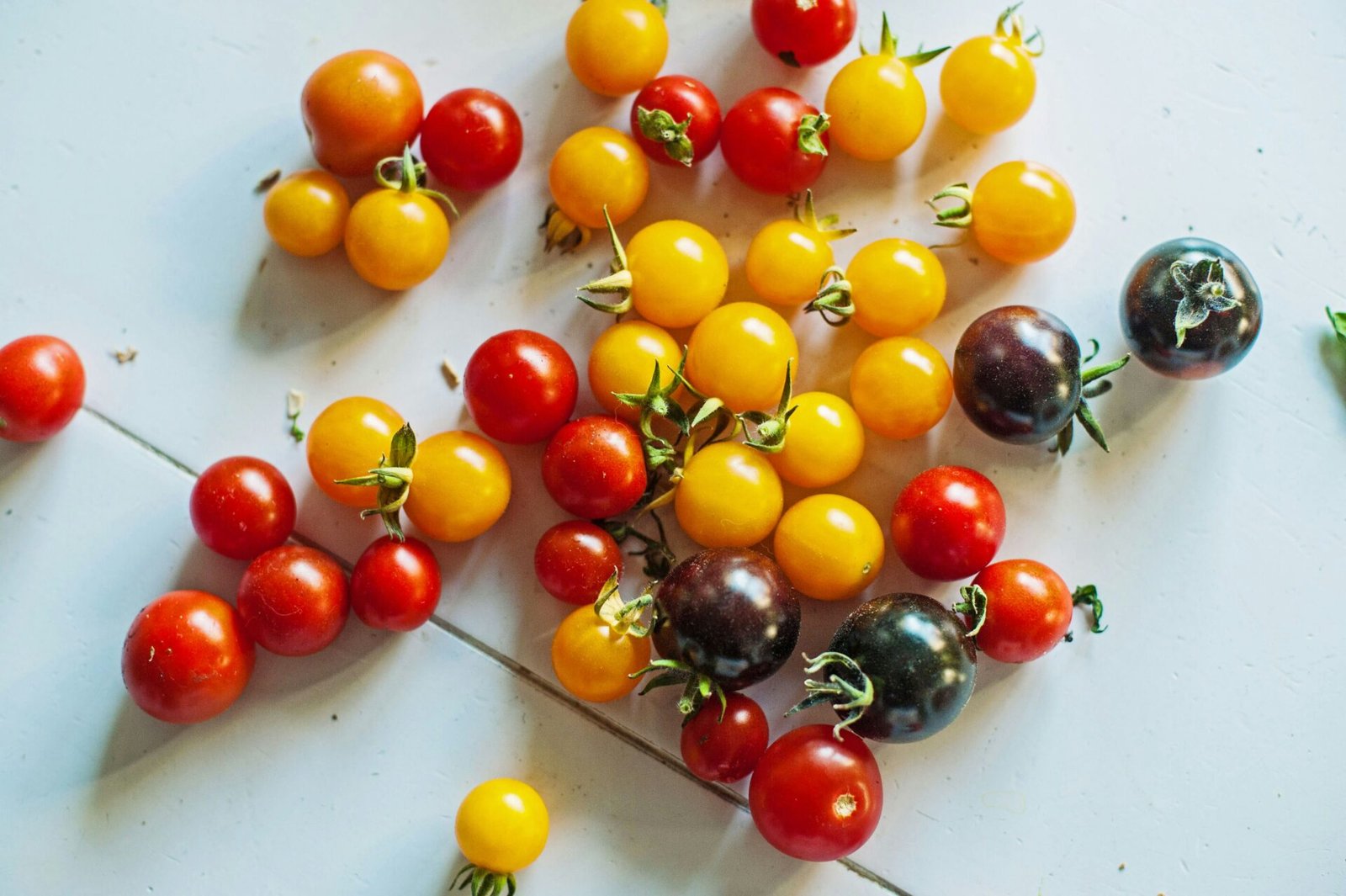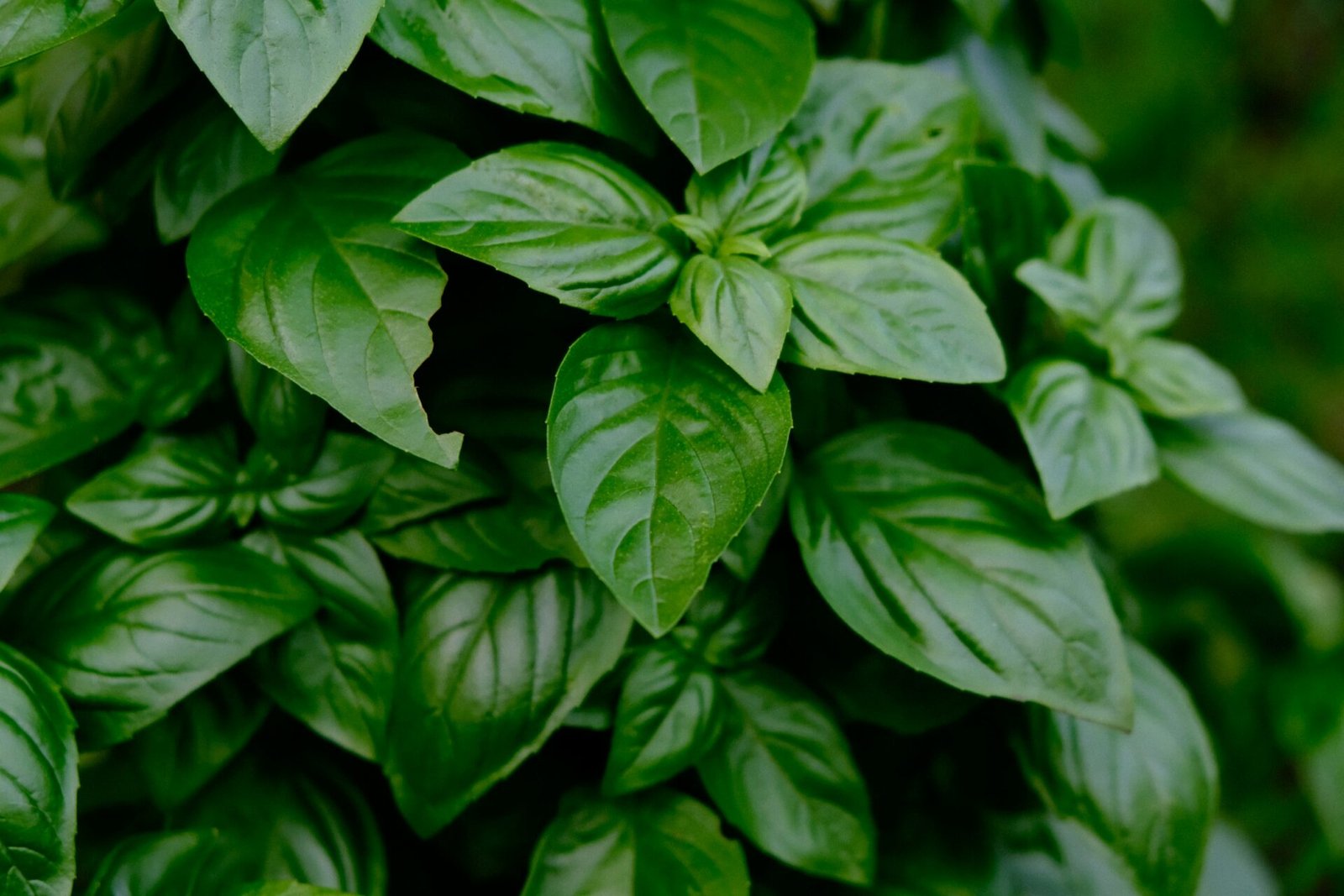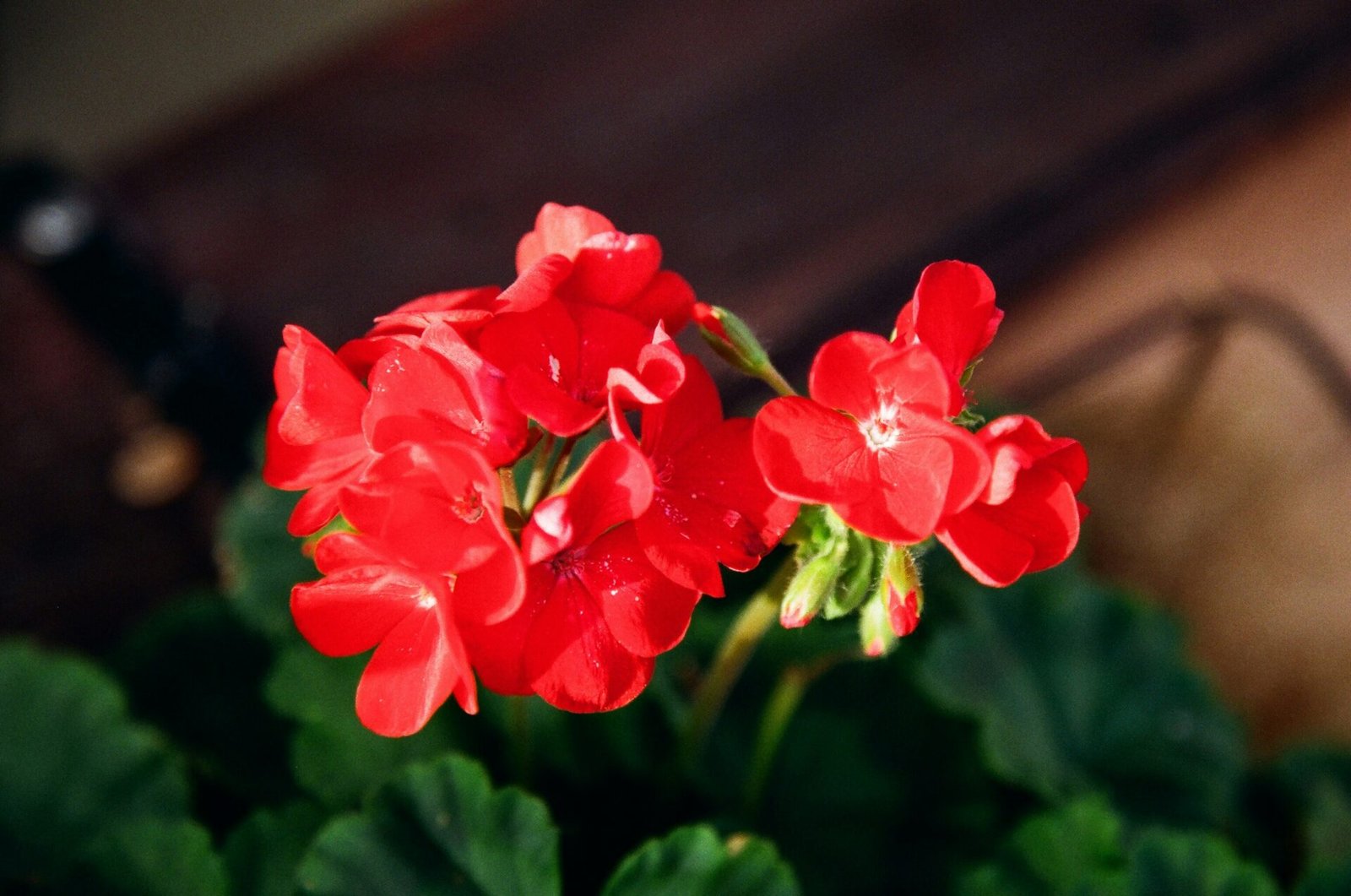Growing tomatoes on a small balcony might seem like a daunting task, but I’m here to show you it’s not only possible, it’s also incredibly rewarding. With the right approach, even the tiniest of outdoor spaces can transform into a lush, tomato-producing haven. I’ve navigated the challenges and reaped the juicy rewards, and now I’m excited to share my insights with you.
From selecting the perfect varieties to maximizing your space with clever planting strategies, I’ll guide you through every step of the process. Whether you’re a seasoned gardener looking to adapt your skills to a smaller canvas, or a complete novice eager to green your urban space, growing tomatoes on a balcony is a delightful journey. Let’s embark on this adventure together and turn your balcony into a bountiful tomato garden.
Understanding the Basics of Balcony Gardening
In my years of balcony gardening, I’ve come to realize that a successful tomato garden starts with a strong foundation in the basics. Let’s dive into the essential elements of balcony gardening to ensure your tomato plants thrive.
Choosing the Right Tomato Varieties
Selecting the correct tomato varieties is crucial for balcony gardening success. Smaller spaces demand considerate choices, focusing on compact plants that deliver bountiful harvests. Cherry or grape tomatoes, such as ‘Sweet Million’ or ‘Tiny Tim’, are perfect, due to their small fruit size and high yield. Determinate varieties, which grow to a fixed height and produce all their fruit at once, are also ideal for limited areas. I’ve had great success with ‘Bush Early Girl’ and ‘Patio Princess’, as they’re specifically bred for container gardening. Remember, the key here is to match the plant’s growing habits with the constraints of your balcony space.
Understanding Sunlight and Water Requirements
Effective balcony gardening hinges on providing adequate sunlight and water to your tomato plants. Tomatoes require a minimum of six to eight hours of direct sunlight per day to produce fruit. In my experience, tracking the movement of sunlight across your balcony helps plan the layout of your garden, ensuring each plant gets enough light. If your space doesn’t receive enough direct sunlight, opt for varieties known for their shade tolerance.
Watering needs can’t be overlooked either. Tomato plants in containers dry out faster than those in the ground and require consistent moisture to prevent stress. I’ve found that a steady routine, watering in the early morning or late afternoon, promotes healthy growth and prevents diseases associated with fluctuation in water availability. Implementing a drip irrigation system or using self-watering containers can also simplify the watering process, making it easier to maintain optimal moisture levels for your tomatoes.
By focusing on these basic aspects of balcony gardening, I’ve been able to nurture a lush, productive mini tomato farm right on my balcony. Remember, success starts with understanding and catering to the fundamental needs of your plants.
Setting Up Your Balcony for Tomato Growth
Transitioning from the selection of suitable tomato varieties and understanding their basic needs, I’m diving into the nitty-gritty of preparing a balcony for tomato cultivation. This setup is crucial for those of us with limited space but abundant aspirations to grow our own fresh tomatoes. Here’s how I ensure my balcony is primed for tomato success.
Containers and Potting Mix
Choosing the right containers and potting mix is pivotal in balcony tomato gardening. I opt for pots with a depth of at least 18-24 inches to accommodate the root systems of tomato plants, which can grow quite extensive. Drainage holes are a must to prevent waterlogged roots, a common issue in container gardening.
For the potting mix, I always use a high-quality, nutrient-rich mixture designed for vegetable gardening. It’s lighter than garden soil, promoting better aeration and drainage. I ensure the mix includes organic matter such as compost or peat moss, which retains moisture while providing nutrients. Occasionally, I’ll mix in a slow-release fertilizer to give the plants a steady supply of nutrients.
Staking and Support Options
Given the limited space on a balcony, staking and supporting tomato plants are essential to maximize vertical growth and ensure healthy plants. I’ve found that using compact, sturdy stakes or small tomato cages works best in confined spaces. These supports help in keeping the plants upright, ensuring proper air circulation and reducing the risk of disease.
I install the stakes or cages at the time of planting to avoid disturbing the roots later on. For determinate varieties, which grow to a fixed height, small cages or bamboo stakes suffice. Indeterminate varieties, on the other hand, benefit from taller, more robust supports since they continue growing throughout the season. Regularly tying the branches to the supports using soft ties or old t-shirts cuts ensures the plants remain secure and well-supported as they grow.
By addressing these critical aspects of container and support selection, I’ve managed to transform my small balcony into a productive tomato garden. This setup not only meets the fundamental requirements of the plants but also turns balcony gardening into a feasible and rewarding endeavor.
Planting and Caring for Your Tomatoes
After selecting the right tomato varieties and preparing your balcony garden with suitable containers, the next step is to plant and care for your tomatoes effectively. This phase is crucial in ensuring a bountiful harvest. I’ll guide you through sowing seeds versus planting seedlings, watering and feeding your plants, and managing pests and diseases, making your balcony gardening journey smoother and more productive.
Sowing Seeds vs. Planting Seedlings
For balcony gardeners, choosing between sowing seeds directly into containers or planting seedlings can impact the success of your tomato garden. I’ve experimented with both methods and found advantages in each.
Sowing Seeds: I start seeds indoors about 6 to 8 weeks before the last expected frost. This method allows me to select from a wide variety of tomatoes, especially heirloom types not commonly available as seedlings. I use small containers filled with a seed-starting mix, ensuring gentle water and warmth to encourage germination.
Planting Seedlings: When time is of the essence or when I seek more immediate results, I opt for seedlings. I purchase these from my local nursery, ensuring they’re healthy and disease-free. Planting seedlings accelerates the growth process, providing a quicker path to harvest. I make sure to harden off the seedlings by gradually exposing them to outdoor conditions for a week to prevent shock when transitioning to the balcony.
Watering and Feeding Your Plants
Consistent watering and feeding are key to thriving tomato plants on a small balcony. I water my tomato plants early in the morning, allowing moisture to reach deep into the roots while avoiding wetting the leaves, which can lead to diseases. Given the limited nutrients in container soil, I feed my tomatoes with a balanced liquid fertilizer every two weeks. This regimen supports their growth stages, from flowering to fruiting.
Managing Pests and Diseases
Pest and disease management is essential for healthy tomato plants. I regularly inspect my plants for signs of pests like aphids and spider mites or diseases such as blight and powdery mildew. For pests, I use insecticidal soap or neem oil, which are effective and organic solutions. To prevent diseases, I ensure good air circulation around plants and avoid overhead watering. If diseases appear, I remove affected leaves immediately and use organic fungicides when necessary.
In managing my balcony tomato garden, I’ve learned the importance of attentive planting and care practices. Whether choosing between starting from seeds or transplanting seedlings, ensuring consistent watering and feeding, or keeping pests and diseases at bay, each step contributes to a bountiful harvest of juicy, home-grown tomatoes. By following these strategies, I’ve made my small balcony garden not just a possibility, but a success.
Maximizing Space and Productivity
In my journey of growing tomatoes on a small balcony, I’ve learned that maximizing space and productivity isn’t just a goal—it’s a necessity. To help others achieve the same, I share some key strategies that have transformed my small balcony into a bountiful tomato garden.
Vertical Gardening Techniques
Vertical gardening techniques are a game-changer for balcony gardeners like me. By taking advantage of the vertical space, I manage to grow more tomatoes in less area. Trellises, stakes, and hanging baskets are my go-to tools for supporting tomato plants upward instead of letting them sprawl over valuable floor space. I’ve found that installing a sturdy trellis system allows indeterminate tomato varieties to thrive, as they continue to grow and produce fruit throughout the season. Similarly, using cages for determinate varieties helps support the plants as they grow, making them easier to manage in a confined space. Another technique I employ is growing tomatoes in hanging baskets, especially cherry or grape varieties, which naturally drape over the sides creating not only a productive but also an aesthetically pleasing garden.
Companion Planting Strategies
Companion planting is another strategy that enhances the productivity of my balcony tomato garden. This method involves planting tomatoes alongside other plants that can deter pests, improve growth, or enhance flavor. For example, basil is not only a culinary companion to tomatoes but growing it in proximity helps repel flies and mosquitoes while reportedly improving the tomatoes’ flavor. Similarly, planting marigolds around my tomato containers has significantly reduced nematode problems. I also plant chives and garlic near my tomatoes to fend off aphids. Besides pest control, companion planting can also help save space. For instance, planting spinach or lettuce, which are shade-tolerant, at the base of tomato plants, makes use of the space that would otherwise go unused, creating a lush, layered garden on my small balcony.
By applying these vertical gardening techniques and companion planting strategies, I’ve maximized both space and productivity in my balcony garden. These approaches not only make gardening on a small balcony feasible but also incredibly rewarding.
Harvesting and Enjoying Your Tomatoes
Transitioning seamlessly from nurturing your tomato plants on a small balcony to reaping the fruits of your labor involves recognizing the perfect harvesting time and exploring diverse uses for your balcony-grown tomatoes. Let’s delve into these pivotal steps that transform gardening efforts into tangible rewards.
Knowing When to Harvest
Identifying the optimal time to harvest tomatoes is crucial for enjoying them at their peak of flavor. Generally, tomatoes ripen from the bottom up and inside out, turning from green to their final color. The key indicator is the color transformation. For most varieties, a deep, uniform color signifies they’re ready. However, it doesn’t end with color; the fruit’s firmness is also a telling sign. Ripe tomatoes yield slightly under gentle pressure. Moreover, observing the vine’s ease of release can also guide you—ripe tomatoes detach with minimal effort.
I make it a practice to check my balcony tomato plants daily as they begin to show signs of ripening. This way, I can harvest each fruit at its prime, ensuring the freshest taste and texture. Additionally, morning harvests have proven beneficial, as the fruits are cooler and exhibit enhanced flavors compared to when picked in the heat of the day. Utilizing these simple indicators helps me maximize the quality and taste of my tomatoes, making every effort in the gardening process worthwhile.
Uses for Your Balcony-Grown Tomatoes
The versatility of balcony-grown tomatoes in culinary applications is vast, ranging from fresh salads to cooked dishes. Freshly harvested tomatoes, bursting with flavor, make an excellent addition to salads, sandwiches, and salsas. Their vibrant taste can significantly elevate a simple dish. For instance, pairing sliced tomatoes with basil, mozzarella, a drizzle of olive oil, and a pinch of salt and pepper creates a delicious, refreshing Caprese salad that showcases the fruits’ natural sweetness and rich flavors.
On the culinary exploration side, balcony-grown tomatoes lend themselves beautifully to being transformed into sauces, soups, and preserves. I often dedicate a portion of my harvest to making a batch of homemade tomato sauce. The process starts with blanching the tomatoes to remove their skins, followed by simmering them with a blend of herbs and spices to create a rich, flavorful sauce that can be preserved and used throughout the year.
Moreover, experimenting with drying or freezing tomatoes opens up a realm of preservation methods that ensure you can enjoy the fruits of your labor well beyond the growing season. Dried tomatoes, for instance, can add a concentrated burst of flavor to pasta dishes, pizzas, and breads.
By harvesting tomatoes at the right time and utilizing them in a variety of culinary creations, the journey from planting seeds on your balcony to savoring home-grown tomatoes becomes a deeply fulfilling experience. Whether enjoyed fresh or incorporated into cooked dishes, the fruits of your small-space gardening venture promise unmatched flavor and satisfaction.
Conclusion
Growing tomatoes on a small balcony isn’t just about adding a splash of green to your space—it’s about embracing the joy of gardening and the taste of fresh produce. I’ve shared how choosing the right varieties and employing smart gardening techniques like vertical supports and companion planting can transform even the tiniest balcony into a lush tomato oasis. Remember, the key to a bountiful harvest lies in understanding the needs of your tomato plants and the unique conditions of your balcony garden. As you harvest your tomatoes, savoring the fruits of your labor in delicious dishes, you’ll appreciate the beauty of balcony gardening. It’s a journey that’s as rewarding as the harvest itself. Happy gardening!




